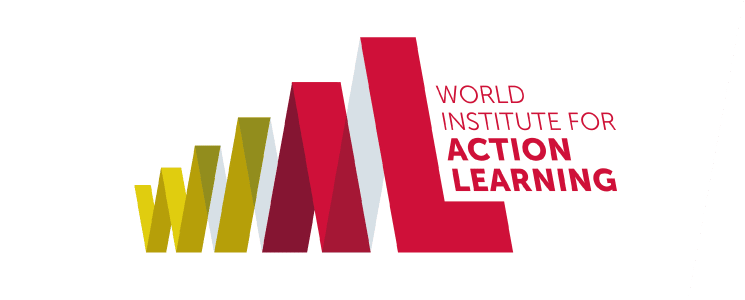Research shows that 66% of teams fail to come up with better ideas and make better decisions than the best team member could do on their own!

Why is this observation important?
66% of teams are unable to outperform their best team member! While other research shows that teams where collaboration is high performing work up to almost five times faster and better than the fastest individuals. This affects the ability to respond to opportunities, challenges and problems in a timely manner. But also on the degree of success after implementation and the amount of investment to make it happen.
The problem of the weakest link
The effect of this does not stop with this one idea or decision, but does something to the other team members. And this has negative effects on cooperation overall! Colleagues increasingly lose connection not only with the other colleagues, but also with the common goal. They feel less and less heard and start contributing less and less to the team result. The feeling of needing each other and experiencing dependence on each other's work is rapidly diminishing.
This creates social laziness, increases victimization, and all this in turn can lead to alienation from one's own work, team and organization. Research also shows that 3-5% of team members do about 25% of the work. It is also likely that there is relatively high absenteeism and perhaps a relatively high outflow of colleagues. .
What is the crux of the problem?
The cause lies in the quality of team behavior and team process. Often also in the size of the teams with sometimes as many as 15 or more colleagues per team.
Cooperation, psychological safety and the team skill of questioning, addressing, decision-making and reflective ability are the most determining elements in the quality of team behavior and team process here.
What does the solution look like?
The latest requirement is to pay structural attention to collaboration within teams. Both for existing teams and newly formed teams. Collaboration is a profession! This starts with the team members by holding up the existing conditioning as a mirror and teaching them to see and recognize it. This is where the real conversation needs to start. In both the upper and lower stream. Only then can the team behavior and team process be aligned with the person, the common goal and the results to be achieved.
What does the first step of the solution look like?
The first step is to increase the degree of psychological safety and bonding. You do this by (further) developing the skill of asking open questions without judgment and continuing to ask for the answer. To do this well, it is also necessary to listen without judgment, i.e. to let go of your own perceptions and truth in the inquisitive phase to be curious about the other person's story and ideas.
Step 2
The second step is to dare and be able to do this skill not only in a 1-on-1 dialogue, but also in a team dialogue. Regardless of which team you participate in and regardless of the topic being discussed.
Step 3 is first slow down and then action mode
Step three is to (further) develop in team the skill to analyze problems for complexity and already known solutions. If the answer is positive, the team can immediately move into action mode.
How to do this. Team members must learn to grow together into a high performing team, where they learn to slow down to learn to discover and understand the context of the problem contributor. Only then can it be determined whether the problem is urgent, important and complex or just a puzzle after all. In case there is a complex problem and not a puzzle, it is often a symptom of a core problem not yet known. The team members now work together through the Action Learning dialogue to find out what the real problem is and only then will they look for solutions.
Combining learning and working in this process creates an action learning team. Doing this in more teams and connecting with each other creates an action learning community of practice.
The skills developed in steps one and two are what a team needs in step three to be successful and to continue to grow for continued success.
How can WIAL Netherlands help with this?
With the programs Leading with Questions 1 on 1 dialogue, Leading with Questions for team dialogue and Complex Problem Solving for teams, WIAL Netherlands creates a customized program for the specific situation and phase of the team and organization.
The programs can be taken separately, and also as an action learning High Performing Team.
Read more about the first step Leading with Questions 1 on 1 dialogue
About the second step read Leading with Questions Team dialogue
The third step is described at Complex Problem Solving for teams
The total of these three trainings is integrated into the Action Learning High Performing Team
Book tip
Hans van Loo's book Teaming discusses many of the studies and makes connections on what affects collaboration and the results to be achieved.
World Institute for Action Learning - Netherlands, Frank Campman MBA PALC, February 2023.
